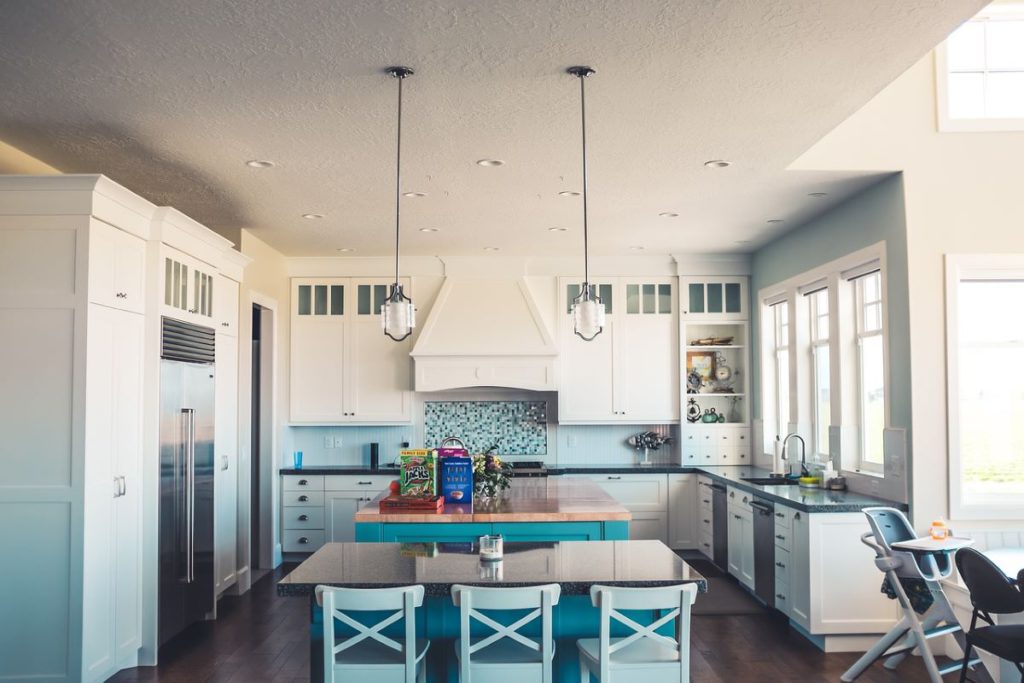
Designing for Health and Aesthetics
In the realm of interior design, the pursuit of beauty and aesthetics has always held a paramount position. After all, our homes are a reflection of our personalities, tastes, and aspirations. However, in recent years, a new and equally crucial dimension has emerged in interior design – the integration of health and wellness into the very fabric of our living spaces. The concept of balancing beauty and health in interiors is not just a trend; it’s a paradigm shift that is transforming the way we think about our homes. Here, we will delve into the importance of this equilibrium and explore ways to achieve it.
The Evolution of Interior Design: From Aesthetics to Well-Being
Traditionally, interior design has been primarily concerned with creating visually appealing spaces. It focused on colour schemes, furniture arrangements, and decorative elements, all aimed at enhancing the aesthetic appeal of a room. While aesthetics are undoubtedly important, the sole emphasis on beauty often comes at the expense of functionality and, more importantly, the occupants’ well-being.
In the last decade, there has been a remarkable shift towards designing spaces that not only look good but also promote the physical and mental well-being of the individuals who inhabit them. This shift has been spurred by a growing awareness of the profound impact our environments have on our health. As a result, interior designers are increasingly incorporating principles of ergonomics, biophilia, and sustainable design to create spaces that are not just beautiful but also healthful.
Biophilic Design: Bringing Nature Indoors
 One of the most influential movements in the quest for balanced interiors is biophilic design. This approach seeks to reconnect people with nature by incorporating natural elements into interior spaces. Biophilic design acknowledges our innate connection with the natural world and aims to recreate this bond within the built environment.
One of the most influential movements in the quest for balanced interiors is biophilic design. This approach seeks to reconnect people with nature by incorporating natural elements into interior spaces. Biophilic design acknowledges our innate connection with the natural world and aims to recreate this bond within the built environment.
Including features like large windows with views of greenery, indoor plants, natural materials such as wood and stone, and even water elements can help achieve this balance. You can also integrate elements like aluminium cladding into the design or consider aluminium screens to add a modern twist to it.
Ergonomics: Designing for Comfort and Health
Comfort is an essential component of a healthy interior. Ergonomics, the science of designing for human comfort and efficiency, plays a pivotal role in achieving this balance. Furniture and accessories should be selected and arranged to promote proper posture and reduce the risk of musculoskeletal problems.
For instance, an ergonomic chair that supports the natural curve of the spine can be both visually appealing and health-conscious. Similarly, adjustable desks that allow for sitting or standing positions contribute to the physical well-being of occupants.
Light and Colour: The Impact on Mood and Health
The use of light and colour in interior design can have a profound effect on mood and overall health. Natural light, in particular, is a powerful element that should be maximised whenever possible. Exposure to natural light regulates the body’s circadian rhythm, enhances productivity, and can even alleviate symptoms of seasonal affective disorder.
Incorporating a variety of colours can also influence emotions and well-being. While bold and vibrant colours may energise a space, softer, more subdued tones can promote relaxation. It’s important to strike a balance that suits the function of the room and the preferences of its occupants.
Air Quality and Sustainable Materials
An often overlooked aspect of interior design is indoor air quality. The materials used in furnishings, flooring, and wall coverings can release harmful volatile organic compounds (VOCs) into the air, which can negatively impact your respiratory health.
To create a healthier interior, opt for sustainable materials with low VOC emissions. Natural, organic materials like bamboo, cork, and recycled wood are not only environmentally friendly but also contribute to a healthier indoor environment.
Mindful Technology Integration
In the modern age, technology is an integral part of our lives, and its integration into interior design can be both beautiful and health-conscious. Smart home systems that control lighting, heating, and air quality can optimise comfort and energy efficiency. The seamless integration of technology can also declutter spaces and enhance aesthetics.
However, it’s essential to strike a balance between technology and nature. Overly tech-heavy interiors can be visually overwhelming and counterproductive to relaxation and well-being. Thoughtful placement and design of tech elements are crucial to maintain harmony.
Promoting Mental Health and Well-Being
Beyond the physical aspects of health, interior design can significantly impact mental well-being. The design of a space can influence our mood, stress levels, and overall sense of comfort and happiness.
Creating spaces that facilitate relaxation and mindfulness is a growing trend in interior design. Consider incorporating areas for meditation, yoga, or simply quiet reflection within your home. Soft textures, calming colours, and uncluttered layouts can all contribute to a peaceful atmosphere.
The Power of Personalisation
Balancing beauty and health in interiors doesn’t mean adhering to a one-size-fits-all approach. Personalisation is key to creating spaces that truly resonate with the occupants. Personal preferences, lifestyles, and unique needs should be taken into account.
Engage in a dialogue with your interior designer to convey your vision and priorities. A well-designed interior should reflect your personality, nurture your well-being, and enhance your quality of life.
As we move forward into a future where our homes play an increasingly vital role in our lives, the integration of health-conscious design principles will continue to shape our living spaces. By striving for harmony between beauty and health in interiors, we can create environments that not only please the eye but also nurture our bodies and minds, ultimately contributing to a happier and healthier way of life.